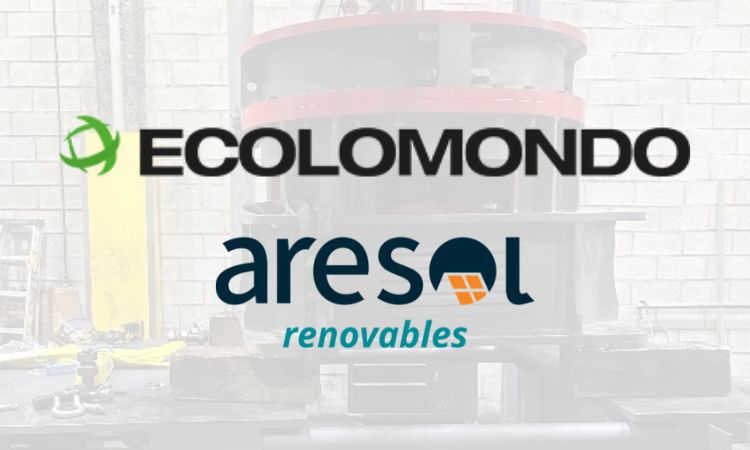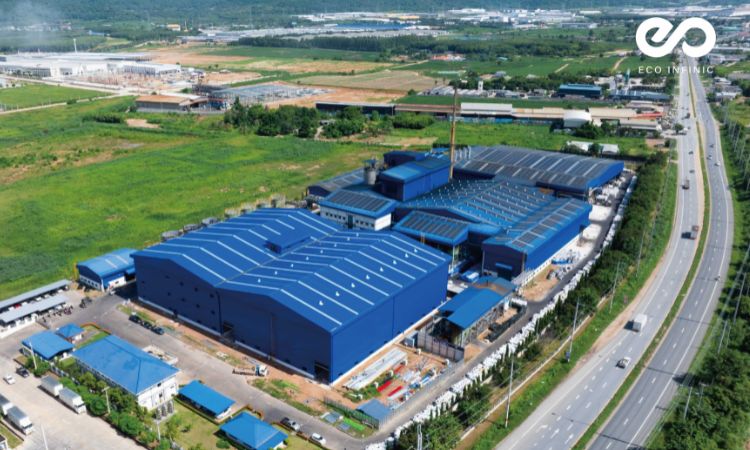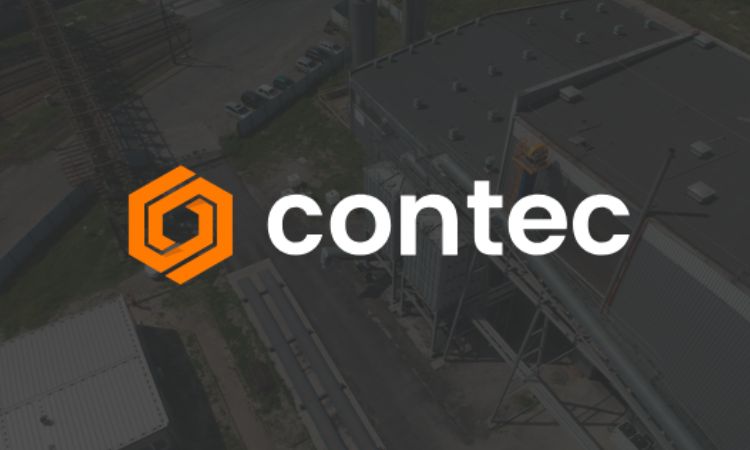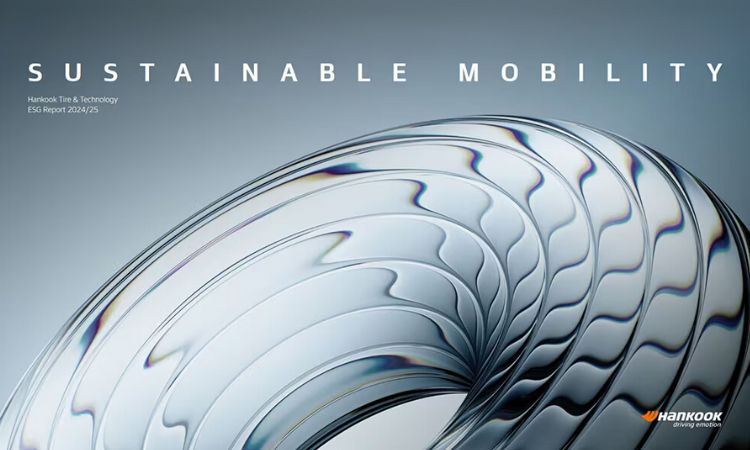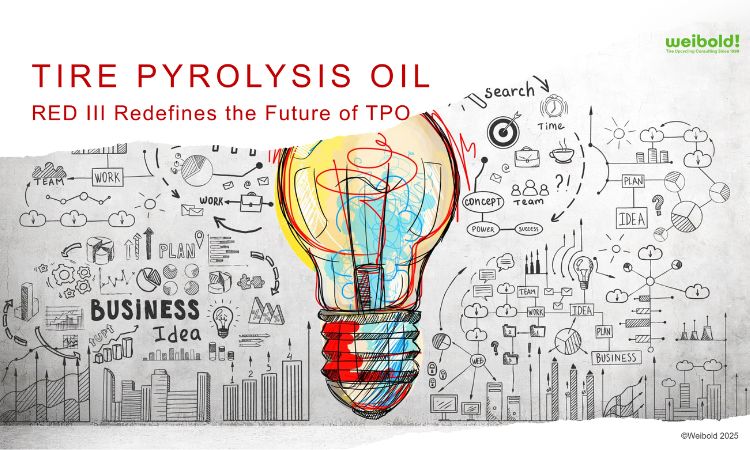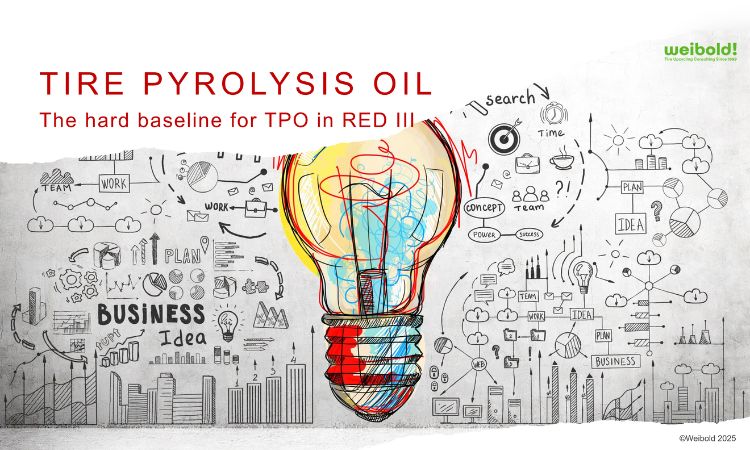
Weibold Academy: Tire pyrolysis oil under RED III. How TPO can (or can’t) clear the 70% bar
Tire pyrolysis oil (TPO) has landed at the intersection of two big policy drives: circularity for end-of-life tires (ELTs) and the EU’s push to scale recycled carbon fuels under RED III. Chemistry is attractive — a liquid fuel from a widespread waste stream — but the arithmetic is brutal. Combustion emissions alone push TPO very close to conventional diesel on a life-cycle basis, meaning TPO alone cannot meet RED III’s 70% GHG reduction requirement without using credits tied to the tires’ alternative fate. Properly applied e_ex-use (diversion) credits are therefore decisive: they can turn TPO from a near-miss into a qualifying recycled carbon fuel — but only if the baseline is robustly documented and upstream emissions are tightly controlled.



